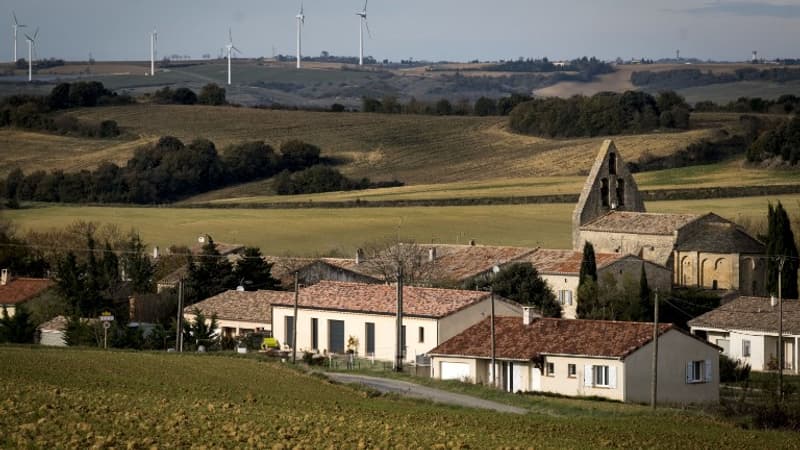The gaps in life expectancy between rural and urban areas have widened for 30 years despite the positive effect of the covid, which is equivalent to 14,216 additional annual deaths in rural areas, according to a study published this Friday and commissioned by the Association of Rural Mayors of France. (AMRF).
This study commissioned by geographer Emmanuel Vigneron is an “update” of a previous one, published in 2020, which had revealed a difference in life expectancy of up to 2.2 years between men living in very rural areas compared to those in the center . of the big cities.
Life expectancy has improved twice as fast in the city
In the last two years marked by the pandemic, the gap has been reduced to 1.4 years between 1990 and 2021 for men, and 0.8 for women, compared to 2.2 and 0.9 between 1990 and 2019. In fact, many studies “have shown that Covid -19 has been more lethal in dense environments.”
But these differences “continue to be marked between the rural departments and the urban departments,” underlines the study, which judges the recent improvement as “more cyclical than structural.”
Although rural and urban “were the same in 1990, the situation observed in the rural departments in 2022 is comparable to that measured before 2010 in urban areas: that is, a delay of 15 years.”
Which means that in the last 30 years life expectancy “has improved twice as fast in the city as in the countryside.”
14,000 more deaths in rural areas
According to a map of the comparative mortality rate (CMI) at the scale of 1,666 habitable areas, the main mortality risk factor in France continues to be regional geography, with the North registering a risk well above the national average.
But at the level of the same department, this ICM can vary completely depending on whether you are in the central city, generally a prefecture, which concentrates health services, or in a very rural area. Thus, in Puy-de-Dôme, the ICM, from 91 to Clermont-Ferrand, continues to increase as one moves away from the city.
In all, this is “14,216 more deaths a year in rural areas than would be expected if life expectancy were identical to that in cities.”
Chronic patients less well followed
It is, in particular, the difficulties encountered in accessing care that may explain these differences.
“The chronically ill will be less followed in rural areas because there will be difficulties in accessing a treating doctor, (…) there are also fewer physiotherapists, fewer nurses, (…) the state of health of a part of the population will worsen faster than if it were well monitored in a denser area,” explains Jean-Pierre Thierry, health consultant for BFMTV.
The same observation for Isabelle Dugelet, mayoress of La Gresle (Loire), who also points out the deadlines for accessing emergency services.
“We know that in the event of a heart attack there is a half-hour delay in care in order to survive, (…) but sometimes that delay is too short to reach the emergency room,” he laments. on BFMTV, denouncing a “destruction of the health service that has existed for a long time.
Areas of excess mortality
The study also reveals “edge effects” with areas of excess mortality located “on the borders of the departments and very often on the margins of the regions straddling two or three departments”, areas classified as “abandoned”.
The AMRF, which regularly warns about medical deserts, makes several proposals, such as facilitating the installation of health professionals with a view to their better geographical distribution.
Source: BFM TV


